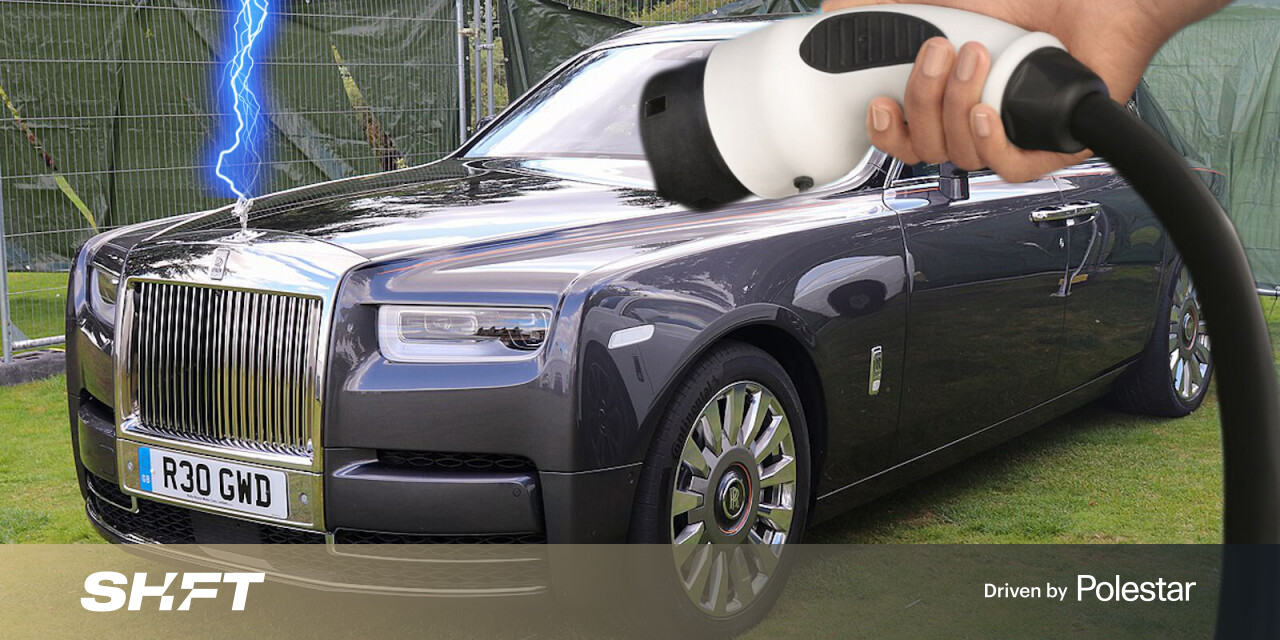#How to Block the Windows 11 Update From Installing on Windows 10

Table of Contents
“#How to Block the Windows 11 Update From Installing on Windows 10”

If you are not ready to upgrade to Windows 11 yet, you can block release updates and manually allow only the updates you want to make sure Windows 11 doesn’t get installed on your Windows 10 PC. We’ll show you how to do just that.
What to Know About Blocking Windows 11
As of this writing in November 2021, Microsoft is not forcing any Windows 10 users to upgrade to Windows 11. However, if your device has received an invitation, upgrading is easy. So to prevent an accidental upgrade, or to prevent other users on your device from initiating an upgrade, we’ll show you how to block those updates.
There are two ways to block the Windows 11 update on your Windows 10 PC: using Local Group Policy Editor and using Registry Editor.
If you have Windows 10’s Pro, Enterprise, or Education edition, use the Local Group Policy Editor method to block the update. On a Windows 10 Home edition, use the Registry Editor method as this edition doesn’t have the Local Group Policy Editor.
You can use the Registry Editor method on Windows 10 Pro, Enterprise, and Education editions, too, if you prefer.
RELATED: How to Uninstall and Block Updates and Drivers on Windows 10
How to Block the Windows 11 Update Using Registry Editor
In the Run box, type the following and press Enter. This opens the Registry Editor.
regedit

You will see a “User Account Control” prompt. Select “Yes” in this prompt to continue.
When the Registry Editor opens, from the sidebar to the left, navigate to the following directory:
ComputerHKEY_LOCAL_MACHINESOFTWAREPoliciesMicrosoftWindowsWindowsUpdate
Note: If you don’t see the final “WindowsUpdate” directory, right-click the “Windows” directory and choose New > Key. Then type “WindowsUpdate” and press Enter to create the directory.

On the right pane, double-click the “TargetReleaseVersion” entry to open it. If you don’t see this entry, then in the right pane, right-click anywhere blank and select New > DWORD (32-bit) Value. Then type “TargetReleaseVersion” (without quotes) and press Enter to create the entry.

In the “Edit DWORD (32-bit) Value” box that opens, click the “Value Data” field and enter “1” (without quotes). Then select “OK.”

Once again, on the right pane, double-click the “TargetReleaseVersionInfo” entry. If you don’t see it, then right-click anywhere blank on the right pane and choose New > String Value. Type “TargetReleaseVersionInfo” (without quotes) and press Enter to make the entry.

Here we’re going to enter the release update that we want to remain on. At the time of writing, the latest Windows 10 release is the 21H1 update. To determine the current version, review the official Microsoft documentation on the latest version of Windows 10.
On the “Edit String” box, click the “Value Data” field and type “21H1” (without quotes), or whatever your preferred release is. Then click “OK.”

Close the Registry Editor and restart your Windows 10 PC. You’re all set.
Your Windows 10 PC will block any updates after the update you entered, which includes the Windows 11 update. The downside to this method is that you will have to keep updating the release value to represent the latest Windows 10 updates. Check out the final section in this guide to learn what this means.
How to Block the Windows 11 Update Using Local Group Policy Editor
To use the Local Group Policy Editor method, first, open the Run box on your PC by pressing Windows+R keys at the same time.
In the Run box, type the following and press Enter. This opens the Local Group Policy Editor.
gpedit.msc

Using the directories list on the left, navigate to the following directory:
Local Computer Policy > Computer Configuration > Administrative Templates > Windows Components > Windows Update > Windows Update for Business

On the right pane, double-click the “Select the Target Feature Update Version” entry.

A “Select the Target Feature Update Version” window will open. Here, activate the “Enabled” option. Then click the “Target Version for Feature Updates” field and type “21H1” (without quotes) or whatever your preferred release is. Finally, click “Apply” followed by “OK.”

Close the Local Group Policy Editor and restart your PC. Windows 11 update is now blocked on your computer.
How to Continue Getting Windows 10 Updates
If you followed the above methods exactly, you have prevented your Windows 10 PC from getting any updates after the 21H1 update. This means it will block any Windows 10 updates, too, which you probably don’t want to do.
To get around that, keep an eye on the Microsoft Docs site to check for newer versions of Windows 10. Once you see a new update there, say 21H2, then in the steps above where you entered “21H1”, change that to “21H2” (without quotes).
That will allow you to continue to get Windows 10 updates while blocking the Windows 11 update.
And that’s how you continue to use your favorite version of Windows while blocking any unwanted updates!
Did you know you can also stop automatic update downloads on Windows 10?
RELATED: How to Prevent Windows 10 From Automatically Downloading Updates
If you liked the article, do not forget to share it with your friends. Follow us on Google News too, click on the star and choose us from your favorites.
For forums sites go to Forum.BuradaBiliyorum.Com
If you want to read more like this article, you can visit our Technology category.




